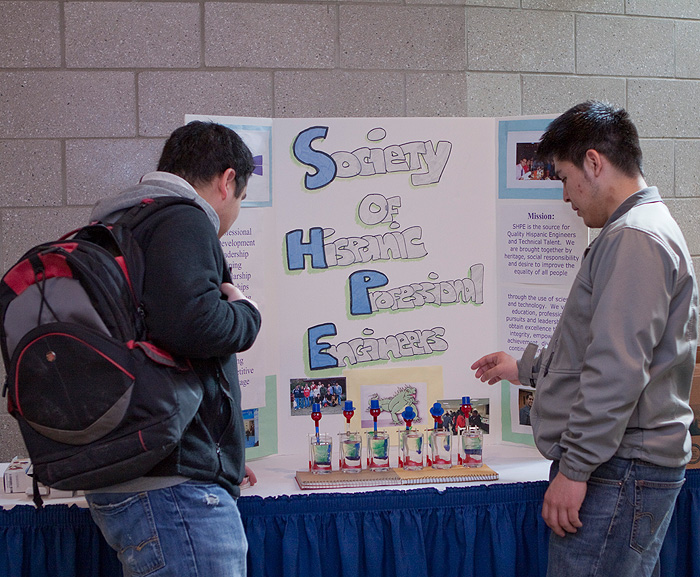
By: Ryley McGinnis, Communications Specialist, UConn School of Engineering
Properly disposing of biosolids in our water is essential in creating a sustainable water treatment system. Unfortunately, in the United States, and especially in New England, this process is prone to failures, leaving usable energy on the table.
A team of researchers led by Jeffrey McCutcheon from the Department of Chemical and Biomolecular Engineering in the University of Connecticut’s School of Engineering has received $2.4 million from the Department of Energy to improve the process using better control strategies aided by a machine-learning algorithm to optimize the process.
Wastewater plants currently use anaerobic digestion, a process that can turn biosolids into energy and other valuable products, but it relies on biology, which makes it unpredictable and susceptible to failures.
The team’s goal is to create a reliable and resilient system for the anaerobic digestion of biosolids using co-digestion, which combines the processing of wastewater biosolids and food waste. The combination of food wastes and biosolids is a valuable method to create energy through biogas generation.
McCutcheon and CBE Professors Ranjan Srivastava, George Bollas, Matt Stuber, Mayur Ostwal, and environmental engineering Professor Baikun Li are partnering with the Northeast Biosolids and Residuals Association (NEBRA) and the Greater Lawrence Sanitary District (GLSD) for this project.
“Combining the high strength organic content of food wastes with the consistency of composition and availability of wastewater biosolids means better recovery of energy from these waste streams,” said McCutcheon.
Currently, temperature changes, toxic substances, and more can throw off the anaerobic digestion process, which leads to costly failures. In addition, the variability of food waste composition and unforeseen contaminants in wastewater biosolids also complicate matters. “Biology can be notoriously fickle,” said McCutcheon. “But if we find better ways to control anaerobic co-digestion to handle variable raw materials and to increase recovery value from the organic wastes, we can make strides in reducing the energy consumption and carbon emissions of the wastewater treatment.”
The team’s approach is to develop high fidelity sensor networks in a working digester to better understand the digester function. By installing these sensors on a full-scale digester at GLSD, the team will capture data that the team will use to train a machine-learning algorithm while simultaneously validating a process model that will serve as a “digital twin” of a working digester. As a result, the process model and the control system would predict failure before it happens and make adjustments in operations before the system crashes. Such crashes can impact up to a third of digesters in the U.S. each year.
The team also hopes to demonstrate that energy captured from these biosolids could generate enough energy to offset energy use for wastewater treatment. Such a benefit could reduce wastewater treatment costs by up to 30 percent.
“We will also be assessing the impact on greenhouse gas emissions and believe such energy recovery could go a long way toward decarbonizing the water and wastewater treatment infrastructure,” McCutcheon adds.
Their work would also lead to other benefits, such as the production of fatty acids that could create sustainable chemical production and the production of digested biosolids that can serve as a fertilizer, further limiting the life-cycle impacts of the wastewater treatment process.
“New England continues to struggle to find environmentally friendly ways to dispose of biosolids. Connecticut, for instance, incinerates most of its solids and loses most of its value in the process. Connecticut is one of the few states that does not permit the use of anaerobic digestion for processing biosolids,” said McCutcheon. “It is my sincere hope that our work helps change that policy while improving the management of wastewater biosolids nationwide.”



